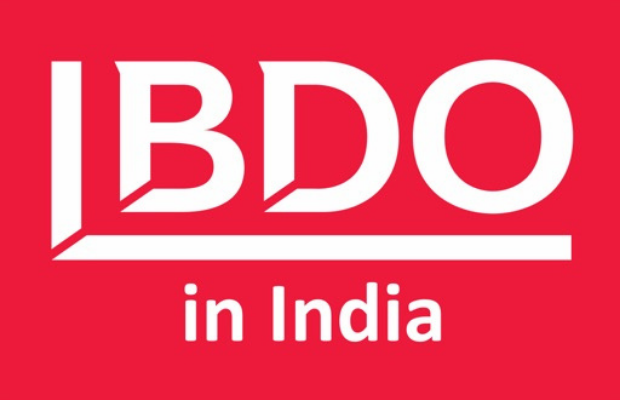A Guide to the Best Restaurants in Ocean City, Maryland!
Ocean City has a wide variety of restaurants to choose from. This guide will help you find the best restaurants in Ocean City, Maryland.
It’s no secret that Ocean City is one of the most popular vacation destinations in the United States. With so much to do and see, it’s hard to narrow down where you should go for your next vacation.
This guide will help you find the best restaurants in Ocean City, Maryland by highlighting their location, cuisine type, and what makes them unique.
What makes a restaurant the best in Ocean City?
The answer is simple – the food. The best restaurants in Ocean City are those that offer great food at an affordable price.
A good restaurant will have great service, a good location, and a friendly staff to make sure that you enjoy your meal.
The best restaurants in Ocean City are typically those that have been around for a long time. The ones with longevity and consistency are usually the ones that make it to the top. This is because they have built up their reputation over time.
What Makes the Top 8 of Ocean City’s Top Restaurants so Special?
Ocean City is a popular destination for both tourists and locals. It has a lot of restaurants to choose from, but there are just some that really stand out. In this article, we will talk about what makes these restaurants so special and why they are considered among the best in the city.
The top 10 restaurants in Ocean City are:
- The Lobster Shack
- The Crab Shack
- Chicken Charlie’s
- The Boardwalk Diner
- The Crab House Cafe
- Reel Seafood Restaurant & Bar
- Hooters of Ocean City
- Captain’s Galley Restaurant & Bar at the Ocean City Pierhead Hotel & Suites (formerly known as Bay Side Grill & Bar.
What Are the 3 Underrated Restaurants That You Must Try if You Visit Ocean City?
Ocean City is an amazing place to visit and there are many things to do. Whether you’re looking for a good restaurant or just want to enjoy the beach, these three restaurants are worth your time.
- The Crab House: If you’re looking for seafood, this is the place to go. They have a wide selection of crabs, clams and other seafood dishes that are sure to please anyone. Their crab cakes are also very popular and they come in a variety of flavors including sweet potato, jalapeno and blue cheese.
- The Ritz-Carlton: This is one of the most expensive restaurants in Ocean City but it’s also one of the best places on the beach. It offers incredible views of the ocean as well as delicious food that will leave you.
Read More : Post-Crisis Digital Trends That Will Reshape Your Business in 2020
5 Sushi Restaurants In Ocean City That Serve Beyond-the-Average Sushi
Ocean City is home to some of the best sushi restaurants in the country. Here are five of them that offer a little more than your average sushi restaurant.
Sushi Oasis: This is a little on the pricey side, but it’s worth it for the quality of their food and service. They have a wide variety of rolls that are all made fresh to order.
Mikado: This place offers an extensive menu with plenty of options for vegetarians and vegans as well as those who just want something different from what they’re used to. Their food tastes great, and they have an amazing sake list!
Ginza Sushi: This place offers both traditional and modern sushi options that taste great! They also have a wide selection of sake, so you can try something new.
Where to Eat at a Steakhouse Nearby if You Are Looking for an Outstanding Meal Nearby?
The steakhouse near me has a great menu and a wonderful atmosphere that makes it the perfect place to take your family or friends.
If you are looking for an outstanding meal nearby, try out the steakhouse near you. They have an amazing menu and a wonderful atmosphere that make it the perfect place to take your family or friends.
Conclusion and Recommendations
The introduction is the first section of the paper. It is a brief introduction to the section topic and keywords. The introduction should include an overview of the section topic, a relevant quote, and a list of sources that will be cited throughout the paper.
The concluding thoughts are where you tie together your arguments from all sections in your paper and provide recommendations for future research or changes to policy. This is also where you can write about any questions that were left unanswered or any new information that was discovered during the course of your research.
Read More : How do the Bank Loans Work ?

Henry Abbey , a talented author who has a knack for creating stories that captivate and engage readers. He’s been writing since he was a child and tasted success with his first novel at only 19. His works are available to read on the businessdoom website, where readers can find stories of romance, mystery, and adventure from the mind of Henry Abbey.
A Guide to the Best Restaurants in Ocean City, Maryland! Read More »










